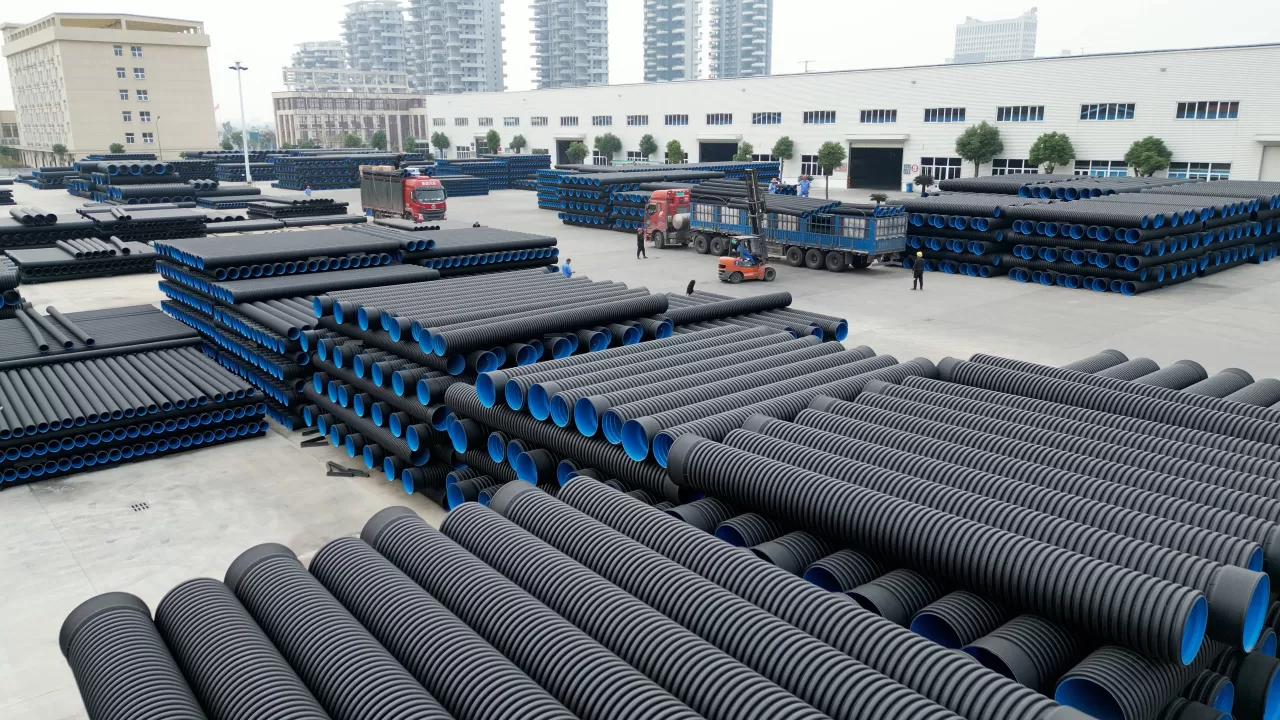In the construction of pipeline engineering, the determination of the excavation width of the bellows trench is very important, which directly affects the installation quality and subsequent use safety of the pipeline. Generally speaking, the excavation width of the bellows trench can be determined according to the specific conditions of each region, but in order to ensure the normal operation of the construction specification and pipeline, there is a general reference standard, that is, the net width of each side of the pipeline should not be less than 300 mm.
Different specifications of bellows trench excavation width
How wide the trench needs to be dug for the bellows of 600 specifications: For the bellows of 600 specifications, according to the standard of the net width of each side not less than 300 mm, the trench excavation width should be at least 600 (pipe diameter) + 3002 = 1200 mm. However, in actual construction, if there are special geological conditions, other ancillary facilities need to be installed or construction operation space is considered, it may be necessary to widen appropriately.
how wide the trench should be dug for the pre-embedded bellows 300:300 specifications of pre-embedded bellows, the trench excavation width is at least 300 (pipe diameter) + 3002 = 900 mm. Similarly, in complex construction environments, such as rich groundwater and soft soil, it is necessary to increase the width to ensure the stability and construction safety of the trench.
how wide the trench is dug for the 300 bellows: Similar to the pre-embedded 300 bellows, the conventional excavation width is at least 900 mm. However, if it is in a narrow construction area, and the construction technology is mature and the support measures are in place, the width can be appropriately reduced under the premise of meeting the requirements of construction operation and pipeline installation, but it must not be lower than the minimum standard of the specification.
400 sewage bellows need how deep the trench: The buried depth of the sewage bellows is not only related to the pipe diameter, but also affected by factors such as the depth of the frozen soil layer, the ground load, and the connection of the municipal pipe network. Generally in non-frozen soil areas, the top covering depth of the 400 sewage bellows pipe should not be less than 0.7 meters; in frozen soil areas, it needs to be buried below the frozen soil layer. At the same time, it is necessary to ensure a safe distance from other underground pipelines to avoid mutual interference.
bellows grooving allowable deviation and side width
bellows grooving allowable deviation is clearly stipulated in different specifications, usually the bottom of the groove elevation allowable deviation of 20 mm, the bottom of the groove width to meet the above requirements of each side of the net width of not less than 300 mm, and to ensure that the trench straight, the slope on both sides of the design and geological conditions. On the side of the bellows digging how wide, in addition to meeting the net width of 300 mm on each side, if it involves pipeline interface treatment, waterproof measures, etc., also need to increase the width according to the actual process requirements to ensure that the construction operation space is sufficient.


